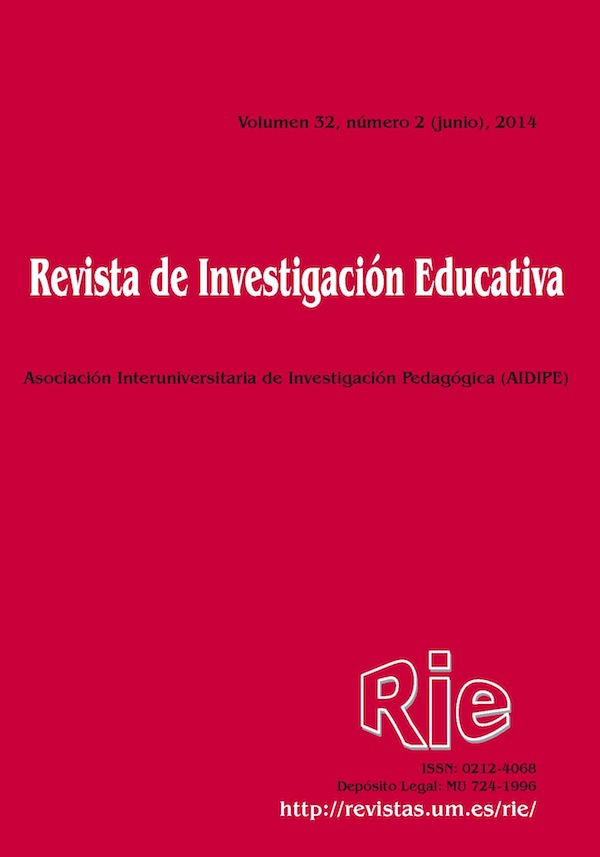Language learning strategies in foreign language learning and proficiency levels by teacher training university students
Abstract
The purpose of this study is to analyze the language learning strategy use in foreign language learning by university students at different proficiency levels. The objectives of the study are: 1) to learn about the language learning strategy use in language learning proficiency, 2) to compare language learning strategies employed, 3) to analyze the language learning strategies typically employed by a particular group of students, and 4) to find out about specific language learning strategies most frequently used. The participants were 135 teacher training university students. Data collection method used was a questionnaire based on SILL-Strategy Inventory for Language Learning (Oxford, 1990). The scores on English test were used to measure language learning proficiency. The results of this study reveal that learners use Metacognitive strategies more often than other strategies. In contrast, Memory strategies are the least frequently used. The frequent use of a large number of language learning strategies is reported by the most proficient learners. The differences in proficiency and in cognitive strategy use were found to be statistically significant.
Downloads
-
Abstract1641
-
PDF (Español (España))1119
The articles and scientific documents published in RIE abide the following conditions:
1. The Servicio de Publicaciones de la Universidad de Murcia (the publisher) has the property rights (copyright) of all the documents published and allows the reuse under the user’s license indicated in point 2.
2. All documents are published in the digital edition of RIE under a Creative Commons Reconocimiento-NoComercial-SinObraDerivada 4.0 Internacional. (legal document) license. These documents can be copied, used, distributed, communicated and explained publicly if: i) the author(s) and its original source of publishing (magazine, publisher and URL of the document) are cited; ii) it is not used for commercial purpose; iii) the existence and the specifications about this license are mentioned.
3. Auto-archive’s conditions. The authors are allowed and encouraged to digitally distribute the pre-print versions (a version before evaluation) and/or post-print (a version that it is already evaluated and accepted to its publication). This promotes circulation and distribution earlier and can increase the citations and significance within the academic community.









